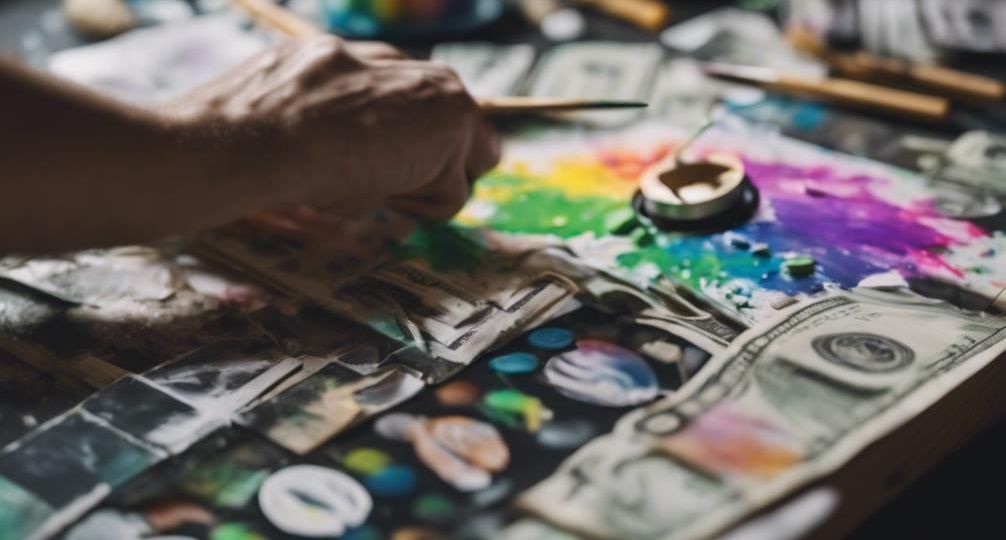
Do artists pay for Spotify plays?
Yes, some artists do pay for Spotify plays, but it’s not a practice Spotify endorses. Artists use paid plays as a strategic investment to increase visibility within Spotify’s vast song library. However, these artificial plays can impact other artists’ playlist placements and Spotify’s algorithms can detect play manipulation. Practices like these could harm an artist’s reputation or even lead to account suspension. If you’re an artist on Spotify, consider focusing on authentic engagement and growth as opposed to paid plays. Interested in learning more about ethical ways to increase plays or have a broader understanding of Spotify’s playing field? Stick around.
Key Takeaways
- Some artists strategically invest in paid plays to boost their visibility on Spotify.
- Authenticity and engagement are key to achieving sustainable success on Spotify, rather than relying on bought plays.
Understanding Spotify’s Business Model
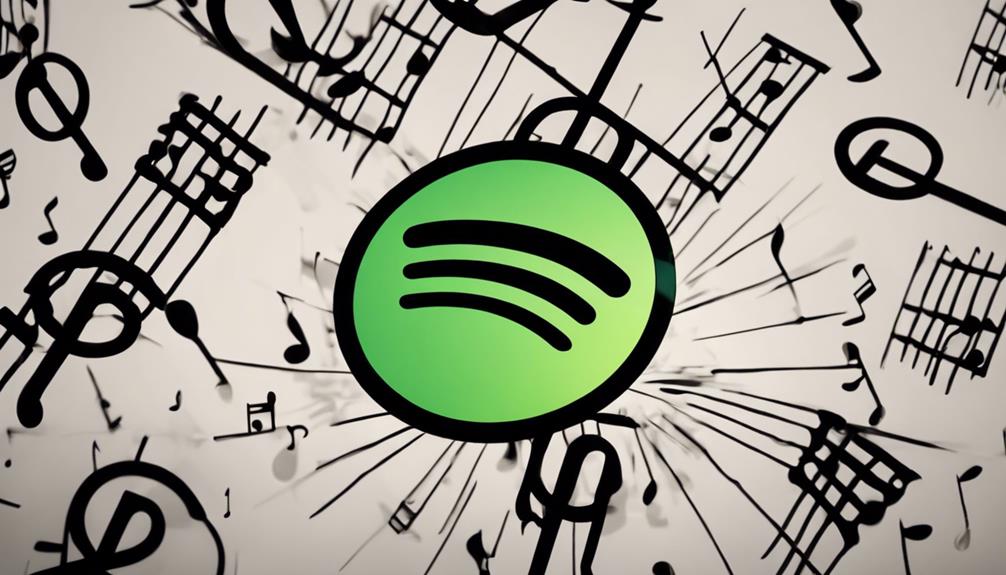
To fully grasp why artists are paying for Spotify plays, you first need to understand Spotify’s unique business model, which thrives on a delicate balance between free and premium subscriptions. Spotify’s revenue is primarily generated from these subscriptions, but user engagement and streaming statistics play a significant role in the platform’s success.
Spotify’s algorithm is designed to promote tracks with high user engagement. It’s a crafty system that rewards popular content while encouraging artists to boost their visibility. So, as an artist, if your music garners lots of plays and user interaction, Spotify’s algorithm takes notice and promotes your tracks to more listeners.
However, with millions of songs available on Spotify, standing out is a challenging task. That’s where paid plays come into the picture. By paying for plays, artists can manipulate streaming statistics, giving their tracks a popularity boost. This, in turn, tricks the algorithm into thinking the track is organically popular, leading to more visibility and potential organic plays.
Therefore, artists aren’t just buying plays, they’re investing in the potential for organic growth facilitated by Spotify’s algorithm. It’s a form of digital marketing, targeting the very metrics Spotify values.
The Role of Artists on Spotify
Understanding the reasons behind artists paying for Spotify plays provides insights into their central role within the Spotify ecosystem. As an artist, you aren’t just a creator but a driving force in the digital music stream. Your music brings value to Spotify, attracting and retaining the millions of listeners it has worldwide.
Your role extends beyond generating music. You’re also involved in:
- Artist exclusivity: By providing exclusive tracks or albums, you increase Spotify’s attractiveness to music lovers. This exclusivity often leverages your fan base, turning them into Spotify subscribers.
- Playlist curation: Curating playlists allows you to control your musical narrative, influencing listeners’ perceptions and enhancing your personal brand.
- Engaging with fans: Your interaction with fans on Spotify strengthens your relationship with them, fostering loyalty and increasing your music’s streaming numbers.
Innovative artists understand that paying for Spotify plays isn’t just about boosting numbers. It’s a strategic investment in your visibility within the platform. Hence, your role as an artist on Spotify is multifaceted; you’re a creator, curator, and influencer. Recognize this power and use it to your advantage to navigate the Spotify ecosystem successfully.
Spotify Plays: How They’re Counted
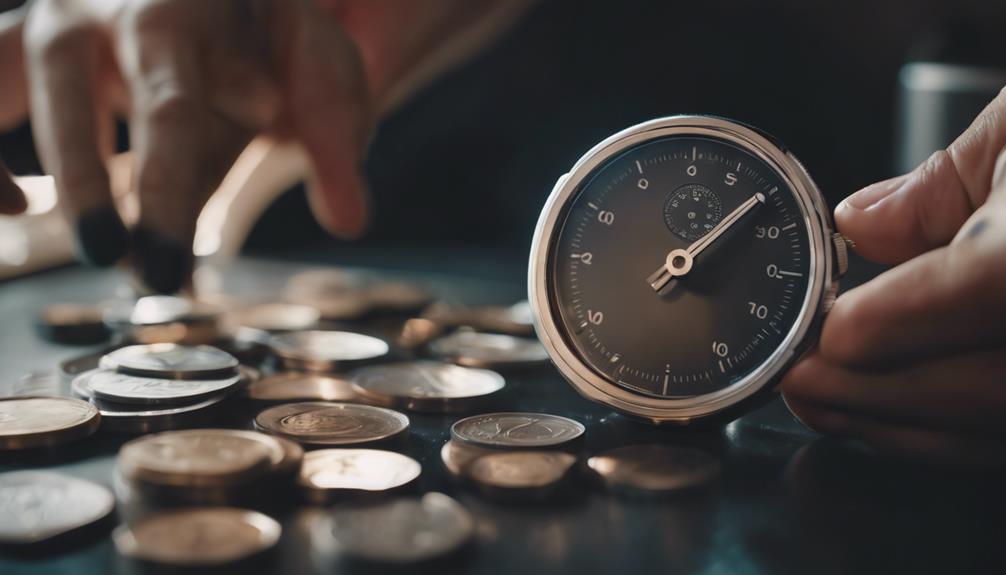
Delving into the mechanics of Spotify’s play count system reveals how each stream contributes to an artist’s popularity and visibility on the platform. But how does Spotify count these plays? Let’s break it down.
Spotify has specific criteria for counting a play. For instance, a song must play for at least 30 seconds to be considered a ‘stream’. Even in offline mode, Spotify keeps track of all your activities, adding them to your play count when you reconnect. It’s these subtle nuances that make a streaming services comparison valuable, helping you understand the intricacies of each platform.
The table below further illustrates how plays are counted:
| Spotify Play Criteria | Resulting Impact |
|---|---|
| Song plays for at least 30 seconds | Counts as a ‘stream’ |
| Song skipped before 30 seconds | Does not count as ‘stream’ |
| Offline listening | Counts, added when reconnected |
Each stream feeds into an artist’s popularity, making them more visible in searches and recommendations. Hence, understanding Spotify’s play count system can give you a competitive edge in this digital music landscape.
Legalities and ethical concerns
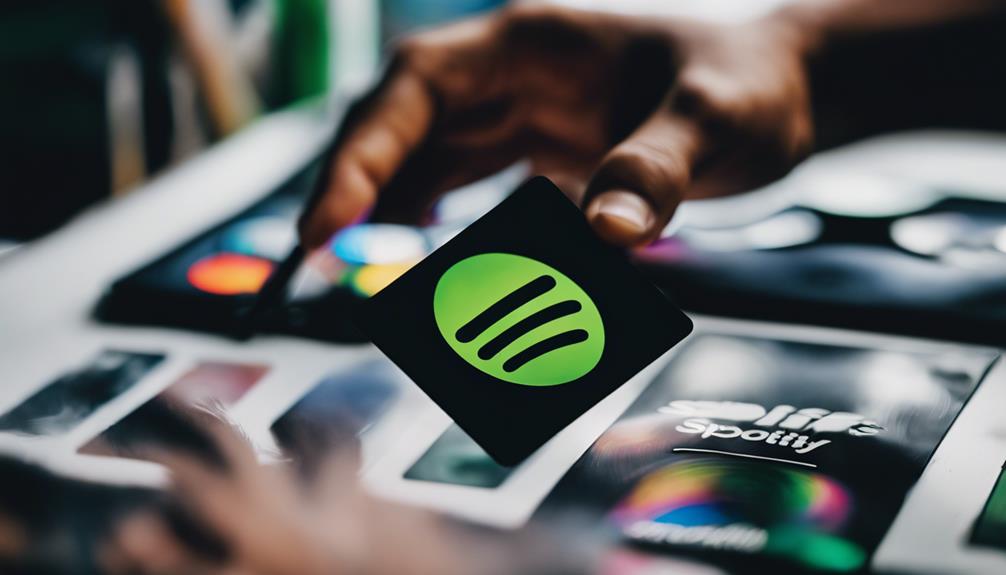
While considering the benefits of buying Spotify plays, you might question its legality and ethical implications; rest assured, it’s completely legal and doesn’t compromise on authenticity or ethical transparency. Your concerns are valid, but let’s delve deeper into this issue.
You’re simply leveraging a service to enhance online visibility and listener engagement. It’s a form of marketing, much like advertising, but more innovative. Concerned about ethical issues? Don’t be. It doesn’t raise questions on authenticity; you’re not deceiving your audience, you’re merely drawing them to your content.
We provide a secure environment for such transactions. We don’t ask for vital information that could compromise your security. Your safety is our priority.
Spotify’s Algorithm: Unraveling the Mystery
You might wonder how Spotify’s algorithm, a complex system shrouded in mystery, impacts the number of plays an artist receives. It’s important to understand its inner workings to evaluate its influence accurately.
Let’s pull back the curtain and discuss how this algorithm functions, its effect on plays, and the possibility of artists manipulating it to their advantage.
Understanding Spotify’s Algorithm
To unravel the mystery of Spotify’s algorithm, it’s essential to understand that this complex system relies heavily on user interaction and engagement to determine which songs get played more frequently. The algorithm isn’t just a random playlist generator, it’s a finely-tuned machine that’s designed to cater to your musical tastes, creating personalized playlists while also introducing you to new music. It’s a delicate balancing act, ensuring that you’re listening to what you love, but also expanding your horizons.
Understanding how Spotify’s algorithm works can be broken down into three key points:
- User behavior: The algorithm takes note of the songs you play, skip, and save, helping it understand your preferences.
- Playlist placement: Being added to popular playlists can boost a song’s visibility, influencing the algorithm.
- Social sharing: Songs that are shared frequently on other platforms can gain momentum on Spotify.
However, it’s important to be aware of the potential for algorithm bias. Depending on how you interact with the platform, the algorithm might favor certain types of music or artists. By understanding these factors, you can better navigate the music streaming landscape.
Algorithm’s Impact on Plays
Spotify’s algorithm holds significant sway over the number of plays a song garners, shaping listener behavior and steering the success of artists on the platform. This powerhouse algorithm, with its intricate structure, is a result of sophisticated programming and user engagement. It’s designed to study listening habits, curate personalized playlists, and recommend music in line with your tastes.
However, despite its seeming impartiality, there’s a potential for algorithm bias. This bias can affect the visibility of certain artists or songs. For instance, if a user consistently engages with pop music, the algorithm is likely to prioritize similar tracks. This means that genres or artists outside of that user’s habitual listening could be sidelined, regardless of their quality or potential appeal.
Therefore, while the algorithm does boost engagement and can lead to an increase in plays, it can also inadvertently narrow the musical landscape for listeners and limit opportunities for diverse artists.
Understanding this, you’ll appreciate the complexity of the algorithm’s impact on plays and the paradox it presents in balancing user engagement and equitable representation for artists.
Manipulating the Spotify Algorithm
While it may seem like a challenging task, exploring Spotify’s algorithm isn’t beyond the scope of possibility, and artists often employ clever tactics to boost their visibility on the platform. Algorithm exploitation, though frowned upon, becomes a strategic move for some artists seeking to maximize their reach.
Let’s investigate some of these tactics:
- Releasing songs frequently: The algorithm favors artists who regularly put out new music. So, the more you release, the more visibility you get.
- Encouraging saves and shares: The algorithm also likes it when listeners save your songs to their playlists or share them with friends.
- Collaborating with popular artists: This can expose you to a larger audience, tricking the algorithm into giving you a popularity boost.
However, there’s a darker side to this manipulation – streaming fraudulence. Some artists use bots to artificially inflate their play counts, which is a deceptive practice that Spotify strongly condemns. While it might be tempting to game the system in these ways, always remember that genuine engagement from listeners will always be more rewarding in the long run.
How Artists Earn From Spotify Streams

Understanding Spotify’s complex payment system requires an understanding of how streams translate into earnings for artists. The process isn’t linear but based on a proportional distribution of total streaming revenue. Fundamentally, Spotify doesn’t pay per stream but rather based on an artist’s share of total streams.
Royalty distribution is a vital component, with Spotify dishing out approximately 70% of its total revenue to right-holders. These are often record labels, which then distribute earnings to artists based on their individual contracts. This means the actual amount an artist earns can vary widely.
Playlist inclusion is another significant factor. When you’re included on popular playlists, your music is exposed to a larger audience, potentially leading to more streams and, consequently, a larger share of the royalty pie. However, the competition for playlist spots is fierce, and achieving that desired placement is challenging.
Ethical Concerns in Paying for Plays
In the digital realm, adopting a potent strategy like buying Spotify plays isn’t just a luxury, it’s a necessity for influencers, musicians, and entertainers alike. You’re not just purchasing numbers but creating an image of popularity, and in turn, accelerating your success.
Consider the ethical perspective. Organic growth is excellent, but in this fast-paced world, it often falls short. Here’s why buying Spotify plays is an effective strategy:
- It gives you an instant boost, making you appear more popular than you might be.
- It gets you recognized by Spotify’s algorithms, enhancing your visibility.
- It fosters a sense of credibility and legitimacy around your brand.
- It saves you time and energy that you can invest into creating more content.
Legitimate Ways to Increase Spotify Plays
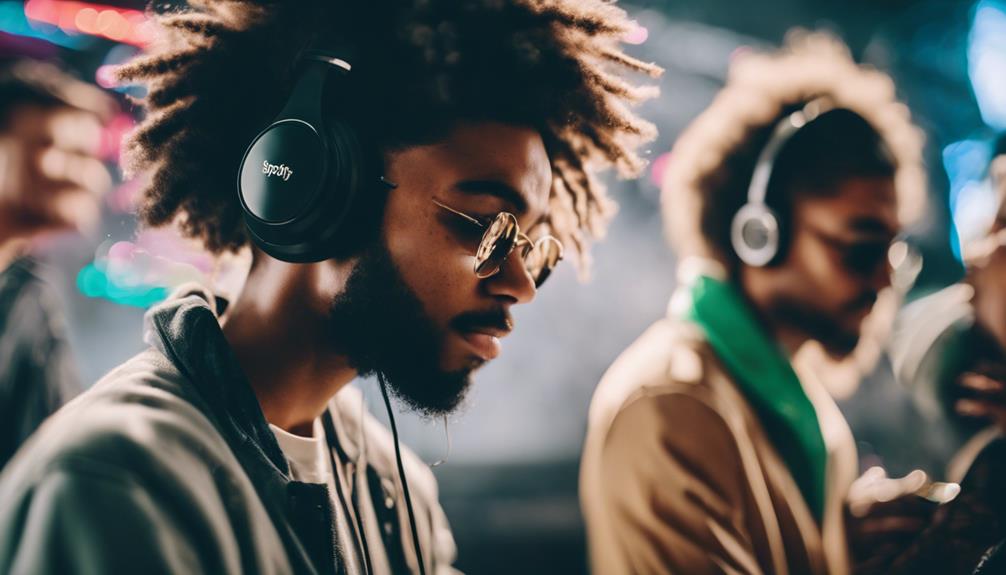
You’ll find, harnessing the power of social media, for instance, could provide a significant increase in your listeners.
Collaborating with other artists, too, often serves as a mutually beneficial strategy, expanding your audience by tapping into theirs.
Harnessing Social Media Power
Harnessing the power of social media can greatly enhance your Spotify plays in a legitimate and effective way. By leveraging platforms like Instagram, Twitter, and Facebook, you can directly engage with your audience and expand your reach.
Social media engagement isn’t just about posting your music and expecting it to be heard. It’s about creating a dialogue with your audience, making them feel involved in your journey. This increases their connection to your music, encouraging them to listen and share it more often.
Influencer partnerships are another powerful tool. By collaborating with influencers who align with your brand, you can tap into their audience and increase your visibility. These influencers can share your music with their followers, providing an authentic endorsement that can lead to more plays.
Consider these strategies to harness social media power:
- Regularly interact with followers through comments, live streams, or Q&As
- Collaborate with influencers by offering exclusive content or co-hosting live sessions
- Share behind-the-scenes content to provide an intimate look at your creative process
Collaborating With Other Artists
Engaging in collaborations with other artists offers a valuable avenue to increase your Spotify plays legitimately and effectively. This approach, often overlooked, is a strategic move to expand your listenership, tapping into the fan bases of your collaborators. Artist networking is key here. By establishing relationships with artists within your genre and beyond, you’re not just building a network; you’re creating opportunities for cross-genre collaborations, which can generate fresh, engaging sounds that attract a wider audience.
Diversification is at the heart of these collaborations. When you merge styles with another artist, it’s an innovative approach that can yield unexpected and compelling results. This fusion of sounds doesn’t just broaden your musical scope; it also introduces you to new listeners, effectively increasing your Spotify plays.
The Future of Streaming and Artist Compensation
Looking ahead, it’s evident that the landscape of streaming and artist compensation is poised for significant change, with artists increasingly seeking deserved compensation for their creative work on platforms like Spotify. The streaming revolution, coupled with compensation controversies, has sparked a dialogue about how artists should be rewarded for their music.
In the midst of this evolving landscape, several key trends are emerging:
- The rise of direct-to-fan platforms that enable artists to monetize their work without intermediaries, thereby maximizing their earnings.
- A shift towards transparency in streaming payments, with calls for open data and fairer distribution models.
- The emergence of blockchain and other innovative technologies that promise to revolutionize the way artists are compensated.
As you navigate this shifting terrain, it’s important to stay informed about these developments. The future of streaming and artist compensation is no longer a distant horizon—it’s happening now.
With these changes come new opportunities, but also new challenges. As an artist or industry professional, it’s in your best interest to understand these trends and adapt accordingly. The future of streaming holds the potential for a fairer, more equitable distribution of wealth, but it’s up to us to seize it.

